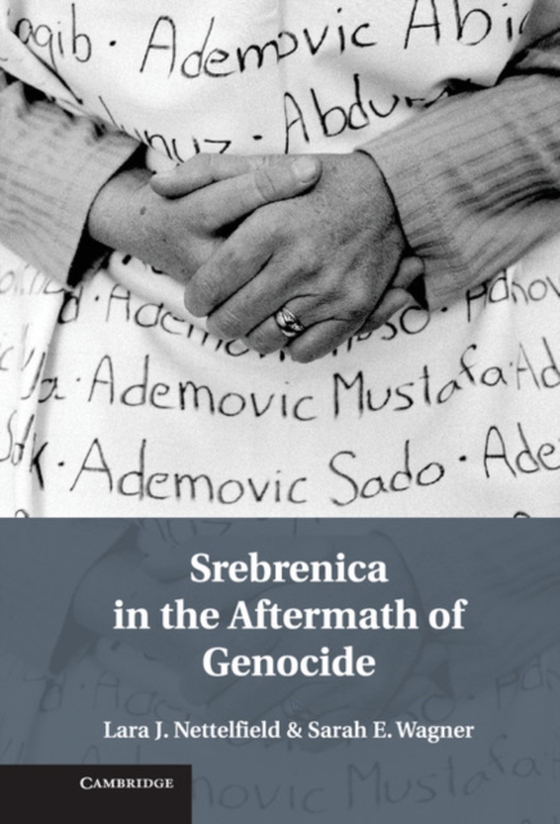
Srebrenica in the Aftermath of Genocide e-bog
302,96 DKK
(inkl. moms 378,70 DKK)
The fall of the United Nations 'safe area' of Srebrenica in July 1995 to Bosnian Serb and Serbian forces stands out as the international community's most egregious failure to intervene during the Bosnian war. It led to genocide, forced displacement and a legacy of loss. But wartime inaction has since spurred numerous postwar attempts to address the atrocities' effects on Bosnian society and its...
E-bog
302,96 DKK
Forlag
Cambridge University Press
Udgivet
9 december 2013
Genrer
1DVWYB
Sprog
English
Format
epub
Beskyttelse
LCP
ISBN
9781107501782
The fall of the United Nations 'safe area' of Srebrenica in July 1995 to Bosnian Serb and Serbian forces stands out as the international community's most egregious failure to intervene during the Bosnian war. It led to genocide, forced displacement and a legacy of loss. But wartime inaction has since spurred numerous postwar attempts to address the atrocities' effects on Bosnian society and its diaspora. Srebrenica in the Aftermath of Genocide reveals how interactions between local, national and international interventions - from refugee return and resettlement to commemorations, war crimes trials, immigration proceedings and election reform - have led to subtle, positive effects of social repair, despite persistent attempts at denial. Using an interdisciplinary approach, diverse research methods, and more than a decade of fieldwork in five countries, Lara J. Nettelfield and Sarah E. Wagner trace the genocide's reverberations in Bosnia and abroad. The findings of this study have implications for research on post-conflict societies around the world.
 Dansk
Dansk

